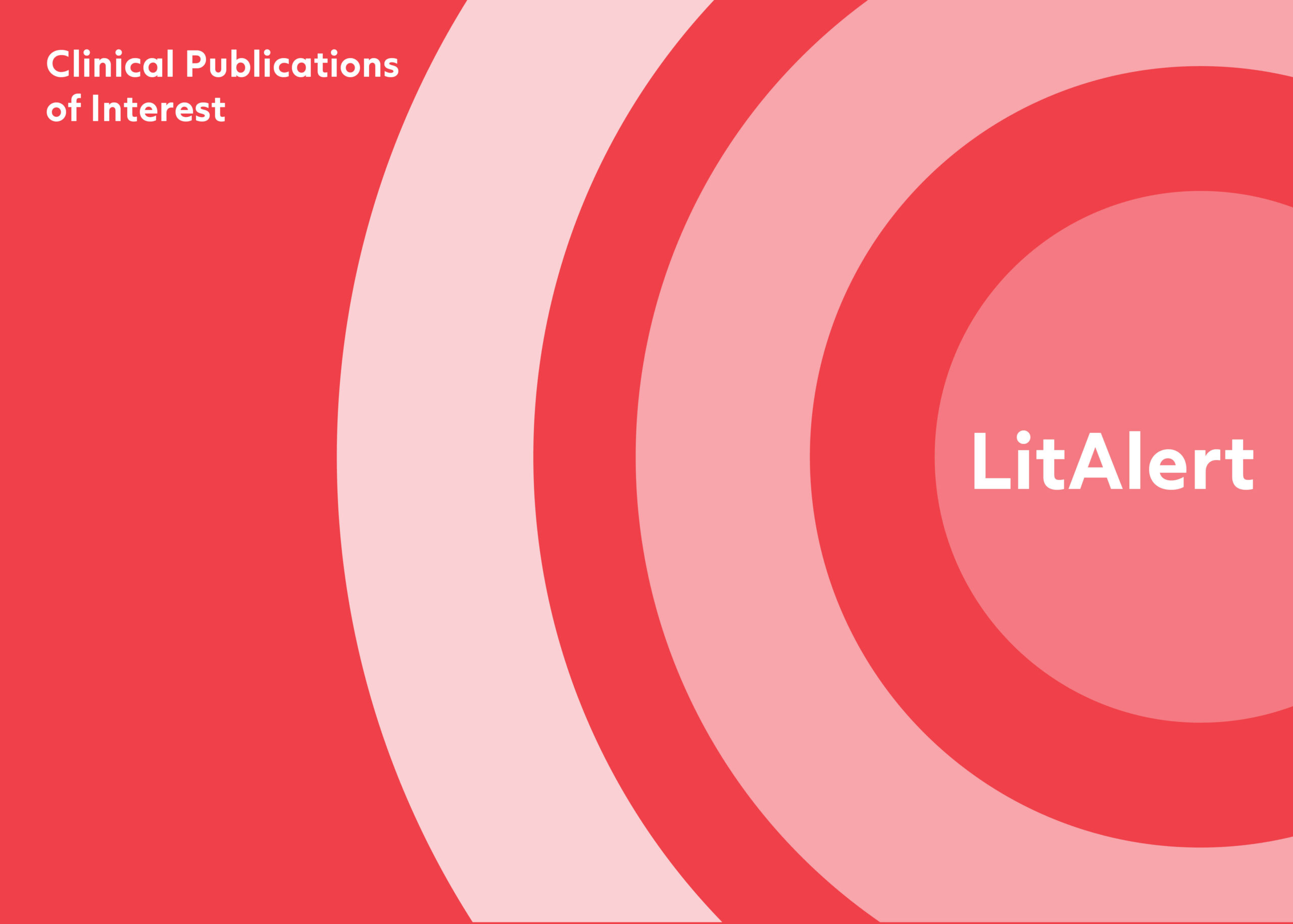The benefits of a post-operative laryngectomy clinical pathway: Quality-driven approaches to care
Laryngectomy clinical pathways or guidelines can optimize success and patient outcomes through strategy, consistency and teamwork. A Clinical Pathway strives to provide evidence-based algorithms using a multidisciplinary, structured, yet flexible approach that allows time-based processes to educate, guide the team, and improve efficiency (Dautremont et al., 2016). Clinical pathways inform, educate, and help navigate care in a coordinated and integrated service delivery model (Friedland et al., 2011). In a study by Brody-Camp et al. (2021), a laryngectomy clinical pathway with order sets for patients at a critical time, the post-operative period, was implemented with decreased post-operative complication rates.
Clinical pathways reportedly provide cost savings while enhancing patient outcomes (Chen et al., 2000). Delivery of post-operative services through a systematic clinical pathway is recognized to improve patient outcomes by increasing efficiency in care delivery (Dautremont et al., 2016; Prades, Remue, van Hoof, & Borras, 2015). Other benefits noted are cost reduction, reduced length of hospital stay, and clarity to team members, realized through consistency of care. Prades et al. (2015) performed a comprehensive literature review and found that care provided using established multidisciplinary guidelines resulted in improved models of care and better decision-making processes. This evidence supports considering a clinical pathway as a minimum standard for best-practice care.
The Atos Post-Operative Clinical Pathway for Total Laryngectomy includes interdisciplinary guidelines for post-operative heat and moisture exchanger (HME) use to enhance pulmonary rehabilitation. Care provided using the Clinical Pathway serves to improve patient outcomes. The Atos Clinical Pathway provides information to guide the physician, nurse, and speech pathologist through critical timepoints: pre-operative, post-operative Day 0, Day 2, Day 3-5 and Day of Discharge. A significant part of the clinical pathway also provides guidelines to share with patients and loved ones throughout the same post-operative timepoints.
The Atos Post-Operative Clinical Pathway for Total Laryngectomy includes interdisciplinary guidelines for post-operative heat and moisture exchanger (HME) use to enhance pulmonary rehabilitation. Care provided using the Clinical Pathway serves to improve patient outcomes. The Atos Clinical Pathway provides information to guide the physician, nurse, and speech pathologist through critical timepoints: pre-operative, post-operative Day 0, Day 2, Day 3-5 and Day of Discharge. A significant part of the clinical pathway also provides guidelines to share with patients and loved ones throughout the same post-operative timepoints.

The Atos Clinical Pathway also includes ‘Clinical Guidelines for Selecting Immediate Post-Operative HME use’.
SELECT IN-HOSPITAL HME ROUTINE:
Multidisciplinary team members determine the preferred approach to post-operative pulmonary rehabilitation.
OPTION 1:
Begin with Night HME post-op
Patient will wear Night HME during Day and Night. Prior to discharge, transition the patient to a Day/Night routine using Home and Night HMEs. Explain the importance of using Home and Night HMEs 24/7.
OPTION 2:
Begin with a Day/Night routine using Night and Home HMEs immediately post-op
Patient will wear Home HME during the Day and Night HME at Night. Prior to discharge, reinforce the importance of continuing 24/7 use of the Home and Night HMEs.
To learn more about the Clinical Pathway, reach out to your Territory Sales Manager or fill out the form below!
*required fields
This site is protected by reCAPTCHA and the Google Privacy Policy and Terms of Service apply.
Share


